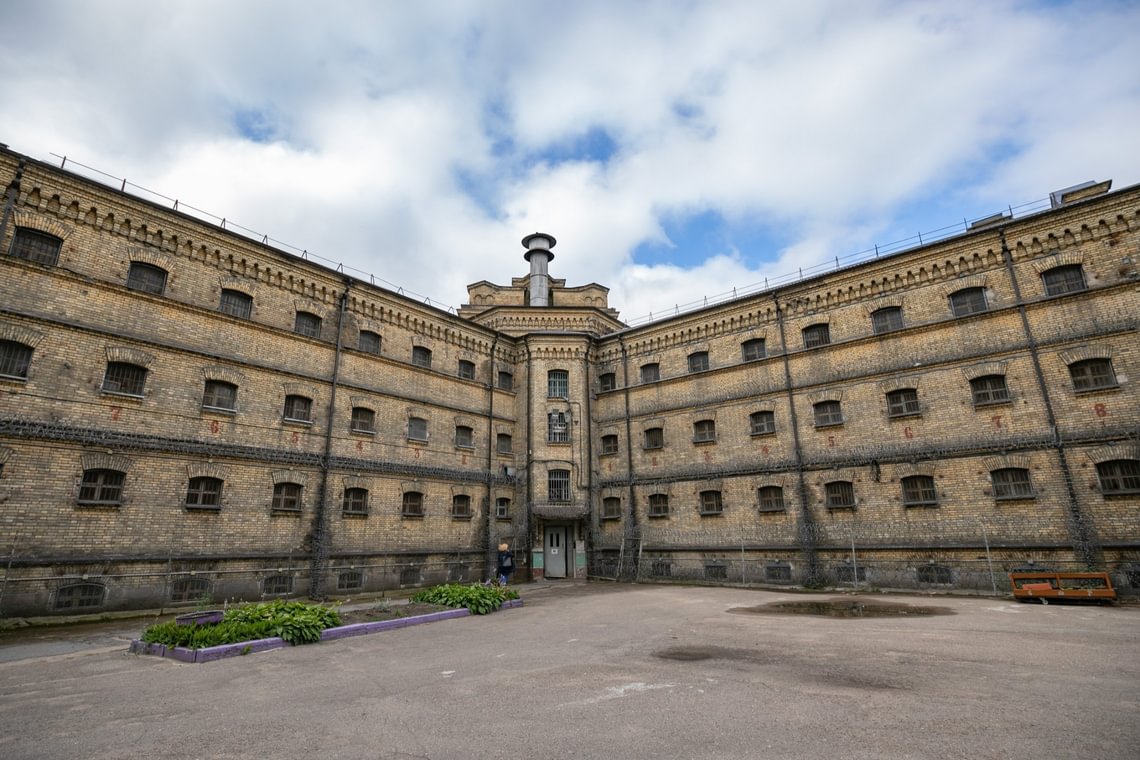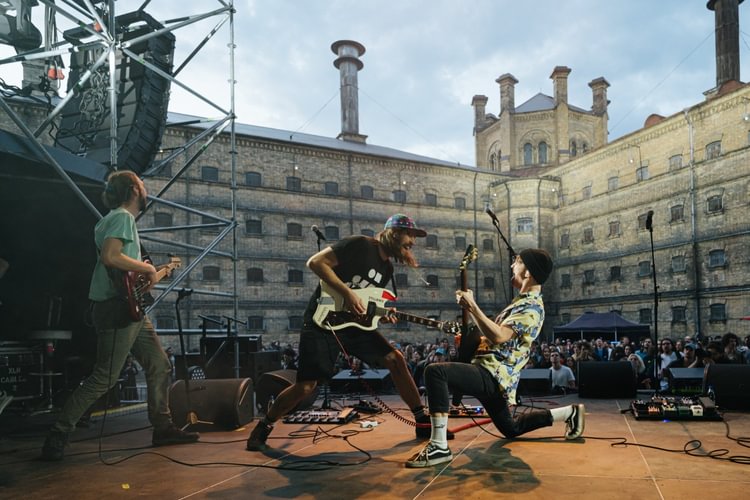Lukiškės Prison on Google Street View Offers a Glimpse of a Century-Old Building and an Unexpected Inmate — Vladimir Putin
A centennial Lukiškės Prison in Vilnius is now available for virtual touring. Go Vilnius, the official tourism and business development agency of Vilnius, has collaborated with authors of prison conversion and Elijas Šležas, a virtual photography artist, to create a virtual tour of the former imprisonment facility available on Google Street View.
Virtual visitors can feel the prison’s eerie atmosphere by taking a sneak peek at the outside territory as well as prison yards and visiting the St. Nicholas Orthodox Church, which used to have a luxurious interior decked with paintings, icons, and carpets. A virtual tour also features an unexpected intimate — a cardboard cutout of Vladimir Putin.
The authors of the virtual tour decided to “imprison” the dictator after many of the prison’s visitors expressed a desire to see him behind bars. The virtual tour shows Putin in one of the cells, thanks to Google Street View technology. The digital “imprisonment” of Russia’s dictator is one of the many initiatives of Vilnius aimed to show solidarity with Ukraine and protest against its unlawful invasion and war. Other acts of support include the changed name of the street where the Embassy of Russia is based to the Ukrainian Heroes Street, the writing “Putin, the Hague is waiting for you” on the street outside the Embassy and on Vilnius Municipality building, as well as various war condemning pieces of art distributed throughout the city.
Lukiškės Prison was built in 1905. Throughout a century of its operation was used for convicts and political prisoners opposed by various political authorities, including Tsarist Russian, Nazi German, and the Soviets. The prison survived both World Wars and the Nazi and Soviet occupation and held many political prisoners from Lithuanian, Belarussian, Polish, Jewish, and other backgrounds.
Lukiškės Prison ceased to function as an imprisonment facility in 2019 and opened the doors to the public and the artists as a cultural hub Lukiškės Prison 2.0. Available to the public, the facility has become an open space for culture, artistic expression, and community.







